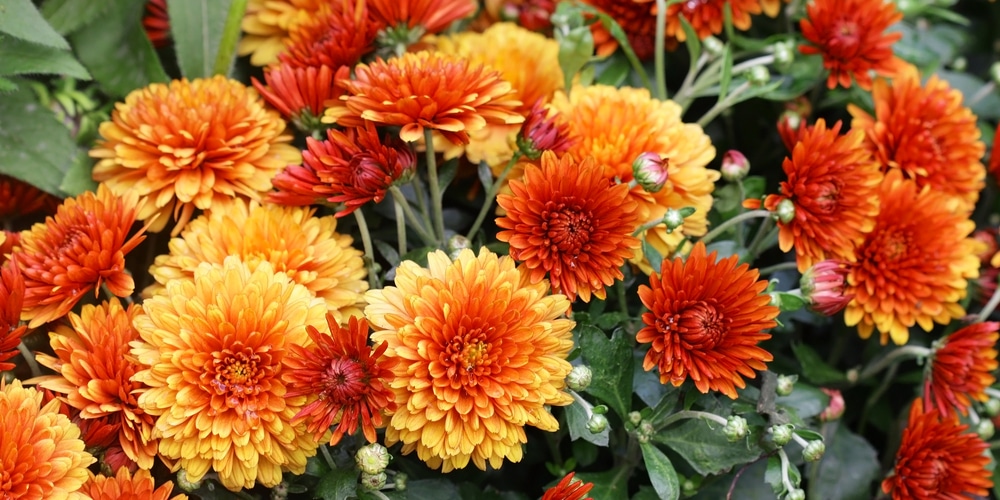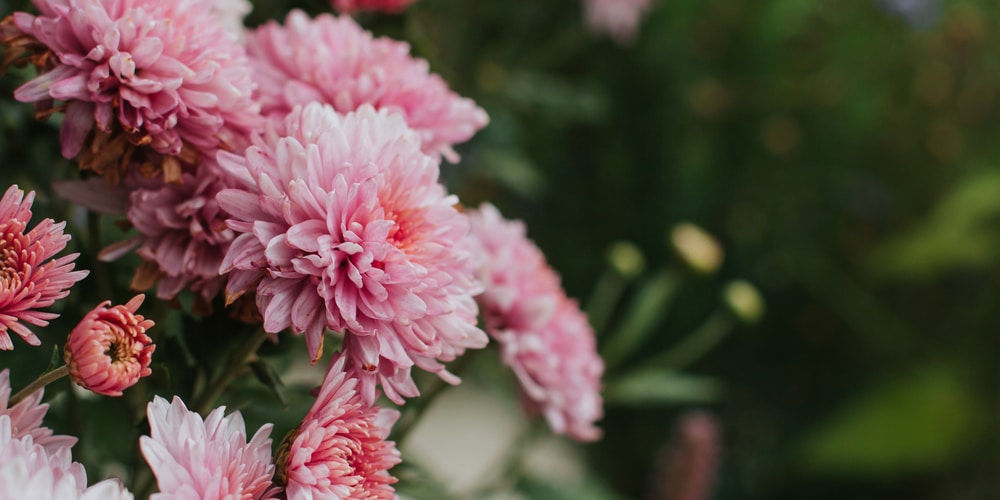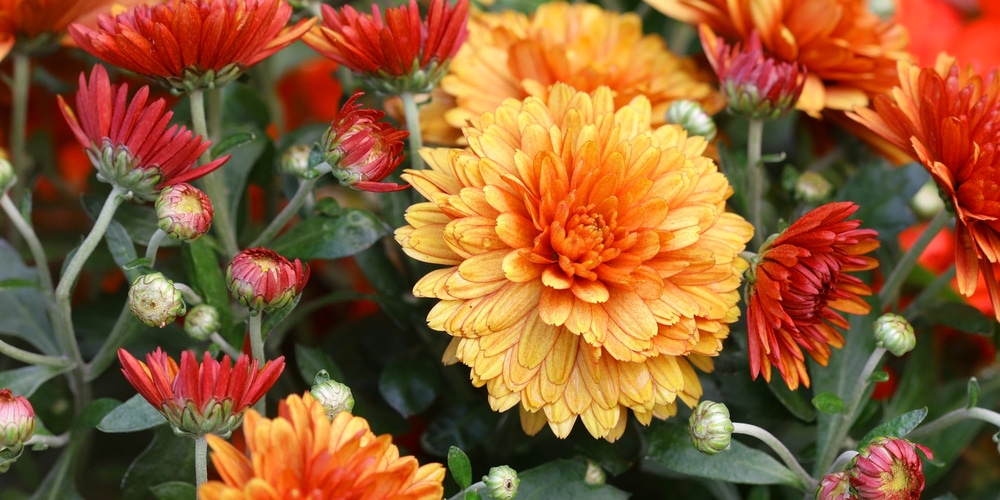Not all flowers bloom during the spring and fall. Some might delight you with their colors and scents, even in the fall and the winter. Mums (also known as Chrysanthemums) are stunning flowering plants that you can enjoy as the temperatures cool down after the hottest months of the summer.
You can find mums in several varieties, including pink, yellow, orange, and even variegated. But what if you want to make your garden more attractive to bees? In essence, do bees like mums?
If you want to learn an answer to such questions, keep reading! Indeed, we collected everything you must know about the relationship between bees and mums in this essential guide.
Are Mums Good For Bees?
Mums produce nectar and pollen, making them potential food sources for bees. However, the truth is that these flowers also attract spiders, which are among bees’ predators.
Because the flying insects would risk their lives when foraging on mums, they tend to avoid them. Most bees won’t get near mums, which they will avoid by instinct. That might be surprising, especially when considering how colorful and eye-catching mums can be.
Of course, that doesn’t mean you can’t plant mums in your garden. Instead, pair them with other bee-friendly species, such as lavender, bee balm, hostas, and foxglove.
Don’t forget to choose companion plants that perform well in your USDA hardiness zone without competing with mums for nutrients. Doing so will prevent issues and keep your garden healthy.
And if you are looking for a plant that will bloom around the same time mums do, you should consider zinnias or California goldenrod: both attract several bee species and thrive between zones 6 and 10.
So, mums are technically “good” for bees but are not the ideal option for these insects.
What Pollinators do Mums Attract?
Mums are better sources of nectar than butterflies, which are not scared of spiders and get to hang around these plants without being in danger. Of all species, Monarch Butterflies in particular love flying around chrysanthemums. Also, hoverflies seem to enjoy mums’ nectar too!
Plus, recent studies have shown that mums might provide brave bees with a “weapon” to keep their predators away. Indeed, the blooms contain pyrethrum, a compound toxic to most spiders, and that might give bees immunity against their attacks.
What Should You Know About Growing Mums?
In the ideal USDA hardiness zones, growing mums isn’t challenging. Of course, you should be familiar with their needs and requirements to make the most out of them.
For instance, you should plant them in a large pot (if you decide to grow them in a container) to enhance root development. Additionally, ensure to use high-quality potting soil, better if well-draining.
Indeed, mums like to stay moist. And if the substrate doesn’t drain well, you might risk overwatering them, which might cause severe damage to your plants.
Choose a sunny location for your mums: they should get at least a couple of hours of direct sun every day. Inadequate lighting might cause problems with blooming. Don’t forget to deadhead the flowers to get lasting blooms (and boost their development).
If you live in a cold climate, mulching around your plants is imperative: use organic material such as leaves, wood chips, or straw. High-quality mulch will increase water retention, improve drainage, and keep the soil temperatures stable, which will protect your mums from damaging thermal shocks.
Do Bees Like Mums: Conclusion
While moms are perennial, how well you take care of them will affect their survival. Don’t forget to plant them in the spring to increase their chances of successfully establishing themselves in your yard. And if you live in a cold region, overwinter them indoors.
Related Article: Is lavender Good For Bees?



